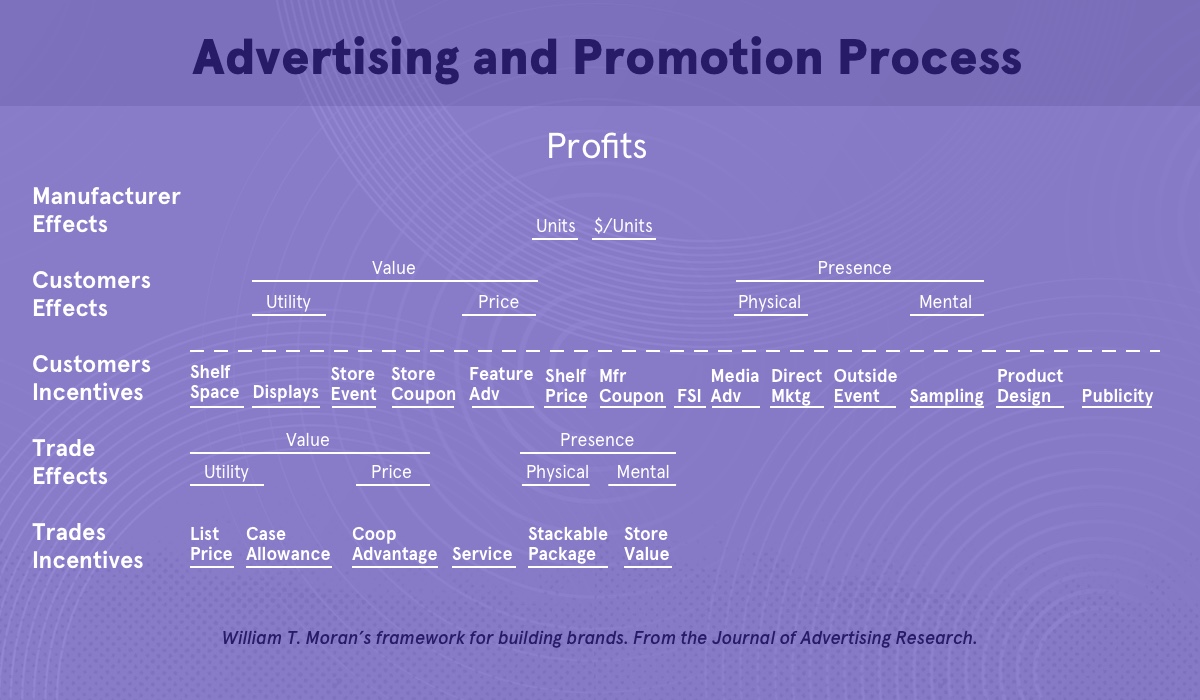There’s something to be said for revisiting the past to challenge or provide clarity for the future. As a society, when we grapple with the current state, it’s in our nature to look to those who can place what’s current in context. It doesn’t happen often, but the same can be said for marketing and communications.
In a way we can always give a nod to Bernbach’s “unchanging man” or Samuel Johnson’s ails of gaining attention, strolling through 1750s London: “[advertisements have become] so numerous that they are very negligently perused.”
Although we may not escape the volume, frequency or attention debate, we cannot help but look at the current privacy conversations, the decoupling and recoupling of television and the renewed interest in investing in billboards to show just how cyclical it all is. Some fundamentals will remain no matter the technology, no matter the channel choices and no matter the volume of think-pieces.





